Falkland Islands, South Georgia & Antarctica with Polar Circle
__________________
__________________
Day Place Highlights Day 1 Ushuaia Arrive in Ushuaia and embark on your Antarctic voyage Day 2 At Sea Look out for sea birds, meet the expedition team Days 3 & 4 Falkland Islands Carcass Island, Saunders Island, Port Stanley Days 5 & 6 At Sea Sea birds, lectures on board Days 7 - 10 South Georgia Majestic Mountains, elephant seals, king penguins Day 11 Towards Antarctica Sea birds, onboard educational program Day 12 South Orkney Islands Wildlife, Orcadas Base, Signy Island Day 13 Elephant Island Wild Point, Shakleton history Days 14 - 20 Antarctic Mainland South Shetland Islands, Mikkelson Harbour or Cieva Cove, wildlife Days 21 & 22 Drake Passage Cape Horn Day 23 Ushuaia Your voyage ends after breakfast
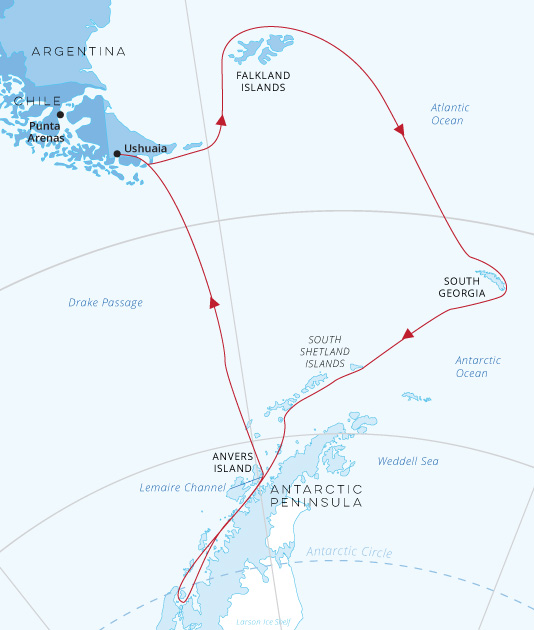
The Janssonius (170 guests) will be launched in June 2021. She has an Ice class rating of 6, the most advanced to date. The Janssonius offers deluxe accommodation for a total 170 guests. One deck has been entirely reserved for lectures and presentations in one large observation lounge. The ship’s main focus remains discovery, taking advantage of wildlife opportunities and the related shore activities. Efficient zodiac embarkation is guaranteed with two separate gangways and in addition a zodiac embarkation indoor-platform which can also be used for special activities such as kayaking.
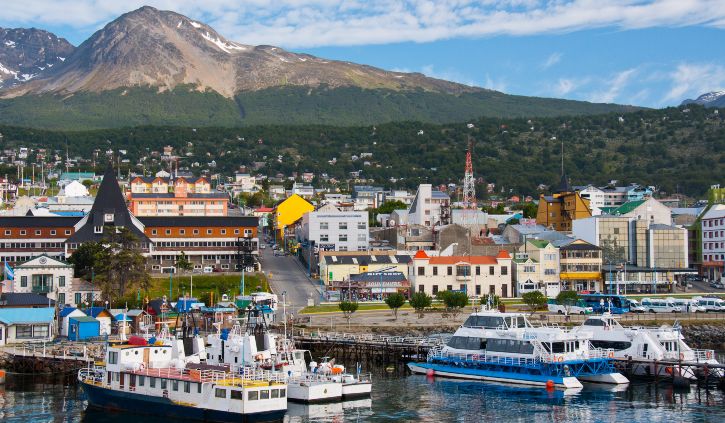
Ushuaia is known as the southernmost city in the world (although, with a population of around 60,000, really more of a large town) and is a major tourist centre, particularly for people cruising to Antarctica. The town is also a major ski resort area for both alpine and cross-country skiers and offers magnificent hiking in Parque Nacional Tierra del Fuego, the only coastal national park in Argentina.
Today is the first day of your adventure. Your morning is at leisure to do any last minute shopping, take an optional excursion to Tierra del Fuego National Park, or perhaps make a good hike up to the Martial Glacier. This afternoon board the ship and settle in to your cabin. In the early evening set sail, leaving behind Ushuaia and charting a course through the Beagle Channel. You will meet your expedition team, crew and fellow travellers over a welcome dinner.

As the ship sails towards the Falklands, you will have the chance to spend plenty of time with the on-board polar experts who will be pleased to educate you about the wonders of Antarctica, the Falkland Islands and South Georgia with a number of lectures and information sessions scheduled covering the flora, fauna, the science and the extraordinary human and natural history of the Antarctic region, providing an excellent introduction to this region. Sailing northeast, you’ll likely be joined by seabirds including the wandering albatross, storm petrels, shearwaters and diving petrels.
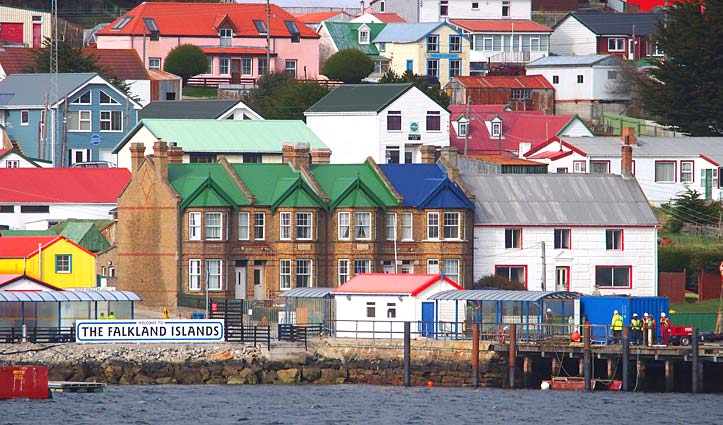
The Falklands consist of 700 small and mostly uninhabited islands and two main islands – East and West Falkland. Located 490km east of Patagonia, the Falklands have always been a land of hot debate. Officially discovered on August 14, 1592 by John Davis they remained uninhabited until 1764 when the French built a garrison at Port Louis, disregarding the Spanish claim to the islands. From that moment on and over the next 200+ years, there have been many disputes between Spain, France, Britain and Argentina, until the end of the Falklands War between Britain and Argentina in 1982 brought the islands firmly under Britain’s control. Now with a human population of only 2,491, the islands are the first stop in your journey. Arrive in the Falkland Islands overnight, and by morning everyone will be excited to make their first shore excursion.
The Falkland (Malvinas) Islands offer an abundance of wildlife. Not only do various species of bird live here, but chances are great you’ll see both Peale’s dolphins and Commerson’s dolphins in the surrounding waters.
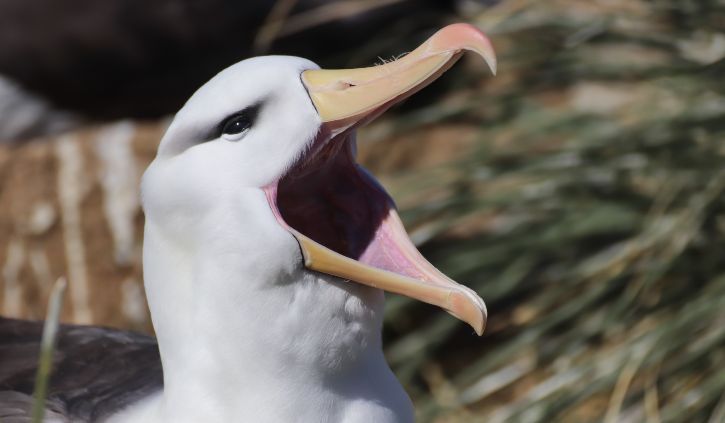
Sites you may visit include:
Carcass Island – Despite its name, this island is pleasantly rodent-free and hence bounteous with birdlife. Anything from breeding Magellanic penguins and gentoos to numerous waders and passerine birds (including Cobb’s wrens and tussock-birds) live here.
Saunders Island – On Saunders Island you can see the black-browed albatross and its sometimes-clumsy landings, along with breeding imperial shags and rockhopper penguins. King penguins, Magellanic penguins, and gentoos are also found here.
Port Stanley – The capital of the Falklands and center of its culture, Port Stanley has some Victorian-era charm: colorful houses, well-tended gardens, and English-style pubs are all to be found here. You can also see several century-old clipper ships nearby, silent witnesses to the hardships of 19th century sailors. The small but interesting museum is also worth a visit, covering the early days of settlement up to the Falklands War.
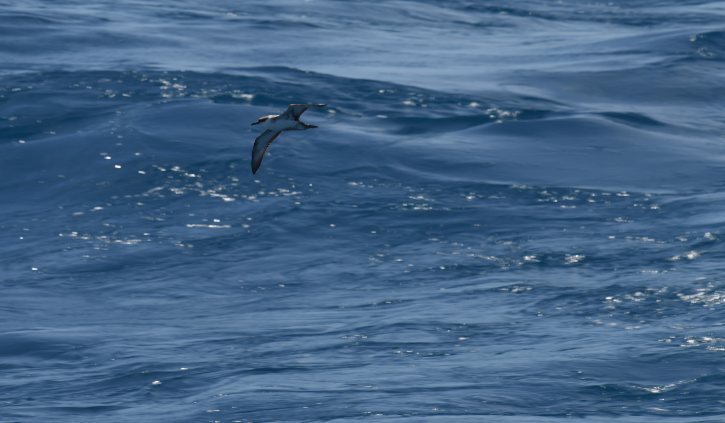
En route to South Georgia, you now cross the Antarctic Convergence. The temperature cools considerably within the space of a few hours, and nutritious water rises to the surface of the sea due to colliding water columns. This phenomenon attracts a multitude of seabirds near the ship, including several species of albatross, shearwaters, petrels, prions, and skuas.
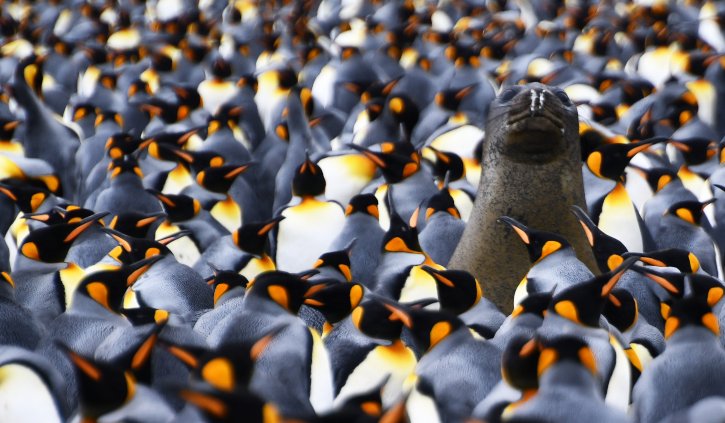
Majestic snow-covered mountains greet you on the island of South Georgia, the most rugged island in this region. Cruise the protected waters of the eastern coast looking for suitable landing spots such as Salisbury Plain and St Andrews Bay. The highlight of both these excursions is the mind-boggling abundance of king penguin adults and young that live in these locations by the hundreds of thousands, covering every inch of the shore. But that is not the only wildlife on display. Fur seals can be seen poking their heads above the water, skuas and giant petrels swoop in the skies above, and the albatross, your constant companion, is never far away.
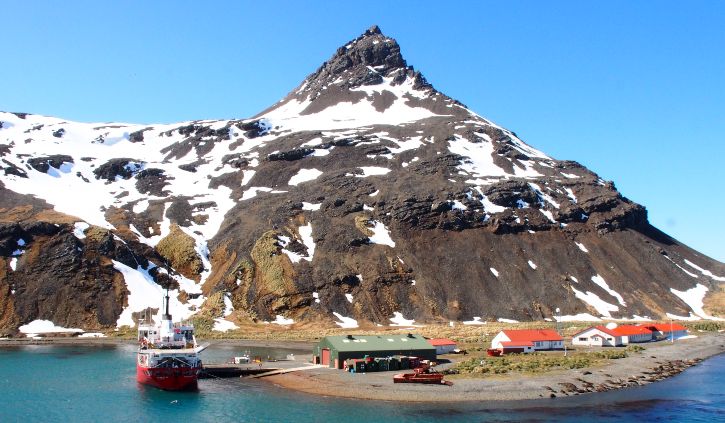
Over the next several days, you have a chance to visit the following sites:
Prion Island – This location is closed during the early part of the breeding season (November 20 – January 7). The previous summer’s wandering albatross chicks are almost ready to fledge, and adults are seeking out their old partners after a year and a half at sea.
Fortuna Bay – Near beaches inhabited by various penguins and seals, you have the chance to follow the final leg of Shackleton’s route to the abandoned whaling village of Stromness. This path cuts across the mountain pass beyond Shackleton’s Waterfall, and as the terrain is partly swampy, be prepared to cross a few small streams.
Salisbury Plain, St. Andrews Bay, Gold Harbour – These sites not only house the three largest king penguin colonies in South Georgia, they’re also three of the world’s largest breeding beaches for southern elephant seals. Only during this time of year do they peak in their breeding cycle. Watch the four-ton bulls keep a constant vigil (and occasionally fight) over territories where dozens of females have just given birth or are about to deliver. You can also see a substantial number of Antarctic fur seals here during the breeding season (December – January).
Grytviken – In this abandoned whaling station, king penguins walk the streets and elephant seals lie around like they own the place – because they basically do. Here you may be able to see the South Georgia Museum as well as Shackleton’s grave.
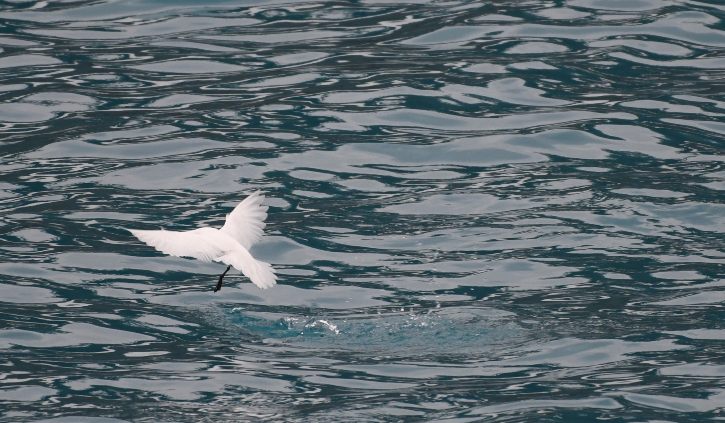
The ship crosses the Scotia Sea, sailing ever closer to Antarctica. There may be sea ice on this route and you can marvel and the increasing amount of icebergs that indicate you are approaching Antarctica. You may notice polar skuas and snow petrels now following the ship.

The South Orkney Islands are linked to the Antarctic Peninsula by an enormous submarine mountain range called the Scotia Arc, these often mist-shrouded islands are protected by large icebergs and sea ice. Depending on the conditions, you might visit Orcadas Base, an Argentine scientific station on Laurie Island in the South Orkney archipelago. The personnel here will happily show you their facility, where you can enjoy expansive views of the surrounding glaciers. If a visit isn’t possible, you may instead make a landing at Signy Island’s Shingle Cove.
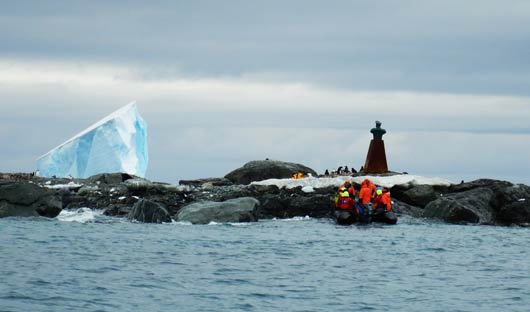
You‘ve now completed roughly the same route (albeit in the opposite direction) that Sir Ernest Shackleton did using only a small life boat, the James Caird, in spring of 1916. Watching Elephant Island materialize on the horizon after crossing all that water, it’s hard not to marvel at how he and his five-man crew accomplished that feat.
The purpose of Shackleton’s crossing was to rescue 22 shipwrecked members of his Imperial Trans-Antarctic Expedition, also known as the Endurance Expedition, who were stranded on Elephant Island. For four and a half months, Shackleton undertook this legendary rescue.
Conditions on Elephant Island are severe. The coastline is mostly made up of vertical rock and ice cliffs highly exposed to the elements. If possible you will take the Zodiacs to Point Wild, where the marooned members of Shackleton’s expedition miraculously managed to survive.

If ice permits, the ship will sail into the Antarctic Sound at the northwestern edge of the Weddell Sea. Here colossal tabular icebergs herald your arrival to the eastern edges of the Antarctic Peninsula. Brown Bluff is a potential location for a landing, where you may get the chance to set foot on the continent.
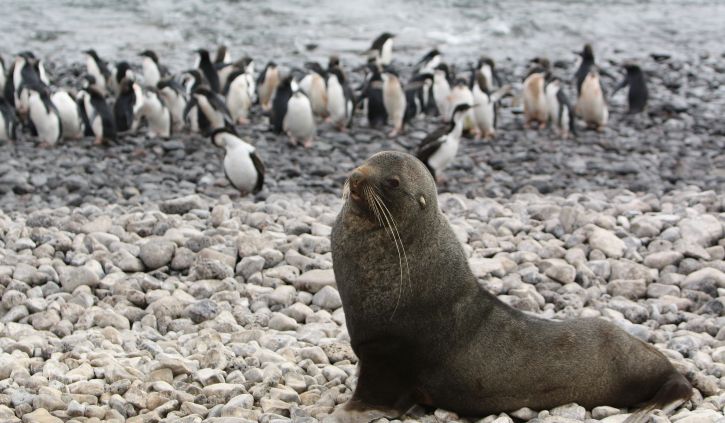
The volcanic islands of the South Shetlands are windswept and often cloaked in mist, but they do offer subtle pleasures: There’s a wide variety of flora (mosses, lichens, flowering grasses) and no small amount of fauna (gentoo penguins, chinstrap penguins, southern giant petrels).
At Deception Island, the ship will sail into the flooded caldera. Here you will find hot springs, an abandoned whaling station, and thousands of cape petrels – along with kelp gulls, brown and south polar skuas, and Antarctic terns. You may be able to take a hike to up the caldera to a viewpoint for excellent views of the desolate volcanic landscape.
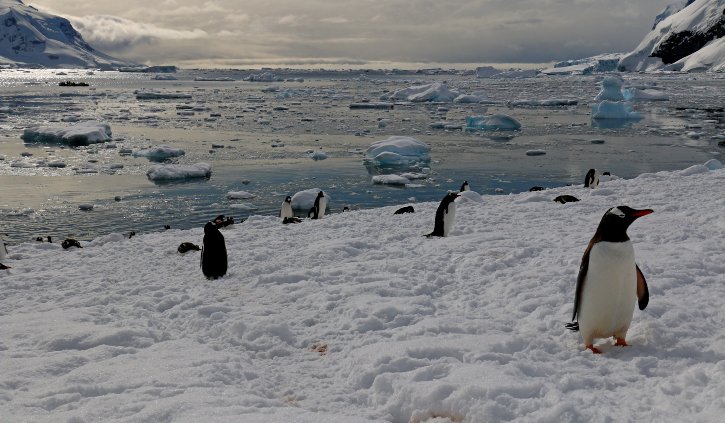
Grey stone peaks sketched with snow, towers of broken blue-white ice, and unique polar wildlife welcome you into the otherworldly expanse of Antarctica. You enter the area around Gerlache Strait, venturing into one of the most beautiful settings Antarctica has to offer.
Sites you may visit here include:
Neko Harbour – An epic landscape of mammoth glaciers and endless wind-carved snow, Neko Harbour offers opportunities for a Zodiac cruise and landing that afford the closest views of the surrounding alpine peaks.
Paradise Bay – You may be able to take a Zodiac cruise in these sprawling, ice-flecked waters, where there’s a good chance you’ll encounter humpback and minke whales.
Pléneau & Petermann Islands – If the ice allows it, you could sail through the Lemaire Channel in search of Adélie penguins and blue-eyed shags. There is also a possibility you’ll encounter humpback and minke whales here, as well as leopard seals.
The Antarctic Circle – The aim is then to cut south, reaching Crystal Sound and the Antarctic Circle. You may make a landing at Detaille Island and visit an abandoned British research station, taking in the limitless landscape. Afterward you venture back into the area around Lemaire Channel and the Gerlache Strait.
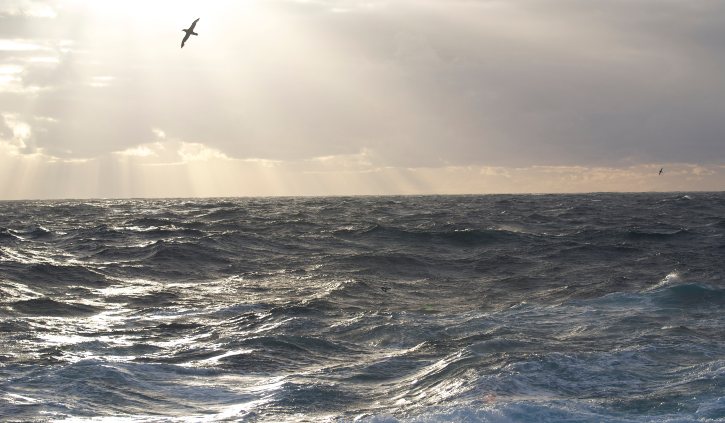
While crossing the Drake, you’re again greeted by the vast array of seabirds remembered from the passage south. This is a good time to sort through photos, recap your adventures with fellow travellers and enjoy your final days at sea.
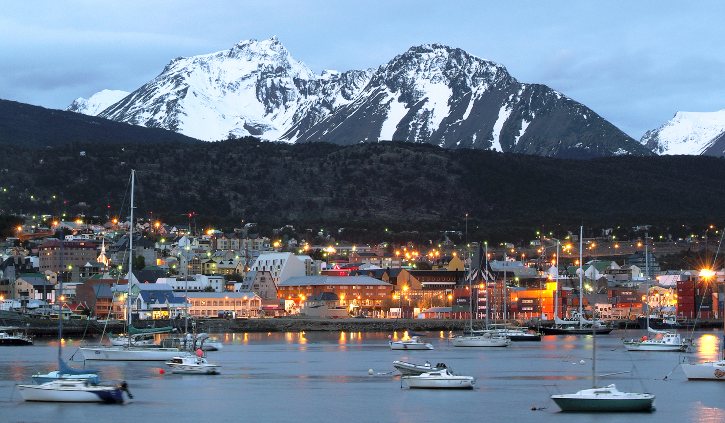
After breakfast farewell your fellow travellers and expedition crew. A group transfer to the airport will be available.
To make the most of your time in South America we can tailor a holiday to Patagonia to suit your voyage dates. If you have a bit more time we can create a tailor-made itinerary to some of the highlights of South America. Take a look at the Patagonia sample itineraries below and contact us to begin creating your perfect holiday.
18 Days
4 Days
5 Days